OTTOMAN IMPERIAL MOSQUES
These mosques were commissioned by Ottoman sultans or members of the royal family. They were typically built as külliye, complexes centred around a mosque and surrounded by madrasas, kitchens and other charitable institutions.
The great imperial architect Mimar Sinan, who served for 50 years, designed many of Istanbul’s most enduring külliye. He set the standard for later architects.
Imperial mosques are not limited to Istanbul. Significant examples can be found in Bursa, the first Ottoman capital, as well as in Edirne, Konya, Amasya, Manisa and even Damascus.
NURUOSMANIYE MOSQUE
The Nuruosmaniye Mosque is among the most recognisable sights in the city. When crossing the Galata Bridge from Karaköy to Eminönü, it rises clearly into view. It shapes the skyline together with other grand monuments of old Istanbul.
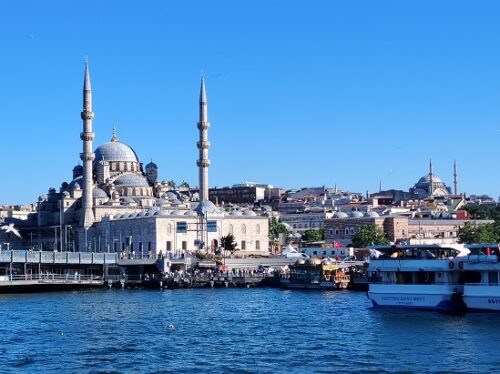
Its prominent position at the entrance to the Grand Bazaar, one of the world’s oldest and largest covered markets, ensures that countless visitors encounter it each day, often passing through its courtyard on their way to shop or explore the historic district.
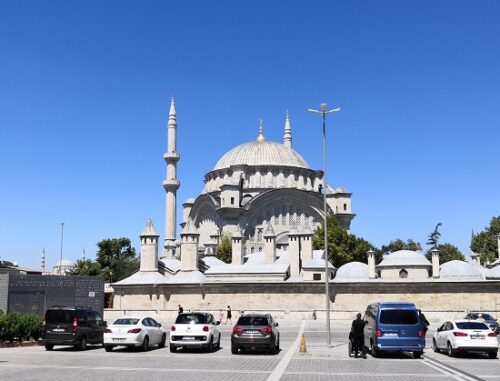
Sultan Mahmud I commissioned the construction of the mosque in 1748. However, his successor, Sultan Osman III, completed it in 1755. The project reflects a period in Ottoman architecture when European artistic influences, especially the Baroque and Rococo styles, began to merge with traditional Ottoman forms.
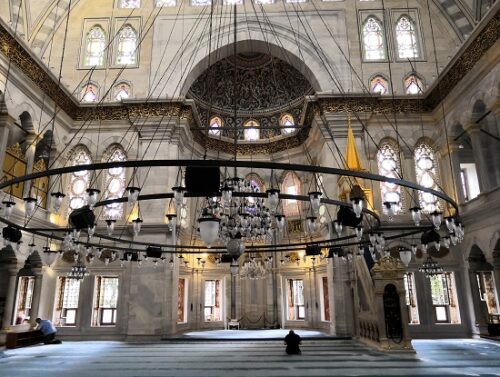
Architecturally, the Nuruosmaniye Mosque is one of the finest early examples of the Ottoman Baroque style. It represents a shift away from the classical Ottoman architectural tradition established by masters such as Mimar Sinan.
Its name, “Nuruosmaniye”, means “the light of Osman”. It refers both to Sultan Osman III and the way light fills the interior. The mosque’s many windows create an uplifting atmosphere that reinforces the symbolic idea of divine illumination.
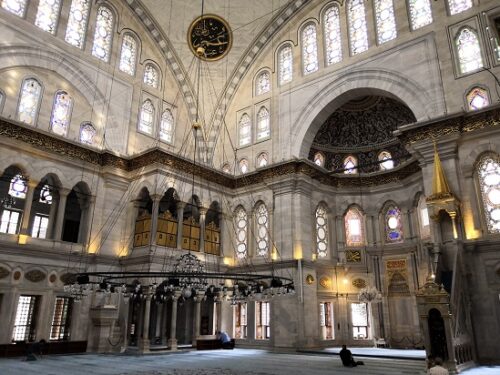
An interesting historical detail is that the Nuruosmaniye Mosque was the first imperial mosque built in the name of a reigning sultan after the Blue Mosque, completed more than a century earlier by Sultan Ahmed I.
However, in the intervening years, the Ottoman dynasty built other grand mosques. These were the Çinili Mosque for Kösem Sultan and the Yeni Mosque for Turhan Hatice Sultan. But, powerful women of the court who played key roles in Ottoman politics during the Sultanate of Women period commissioned these mosques.
The Nuruosmaniye Mosque therefore marked a return to direct sultanic patronage of mosque construction.
NURUOSMANIYE MOSQUE – OTTOMAN BAROQUE JEWEL
Because of its central location near the Grand Bazaar, the Nuruosmaniye Mosque is today one of the most frequently visited Ottoman imperial mosques, second only perhaps to the Blue mosque.
Beyond its religious importance, it stands as a key example of how Ottoman architecture evolved in the eighteen century, blending innovation with tradition.
Visitors who explore it will find the mosque and also the remains of its larger complex. This included the royal pavilion (hünkâr kasrı), which allowed the sultan and his family to enter the mosque privately. There was also a library, a madrasa and a public soup kitchen (imaret).
Within the complex, you can also find the mausoleum (türbe) of Şehsuvar Sultan, the mother of Sultan Osman III.
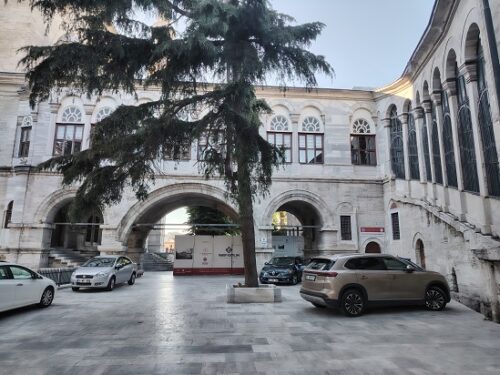
One of the most striking features of the mosque’s interior is its beautiful calligraphic decoration. Golden inscriptions on red metal panels demonstrate the refinement of the 18th century Ottoman artistry.
These details, along with the mosque’s architectural harmony and symbolic use of light, make the Nuruosmaniye Mosque a fascinating example of the later Ottoman imperial style and a vital link in the story of Istanbul’s architectural heritage.
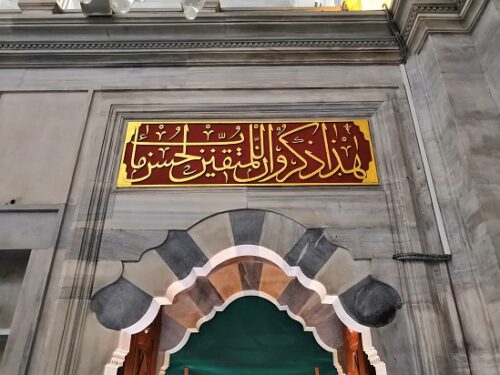
Back to Turkey


